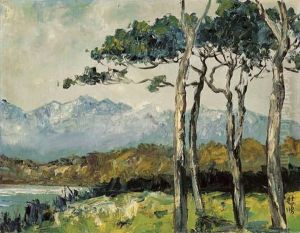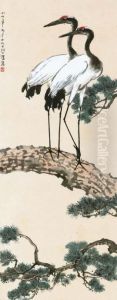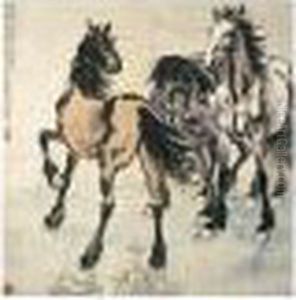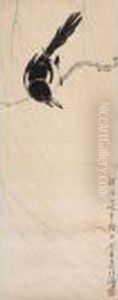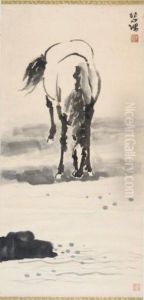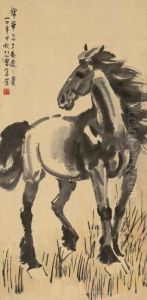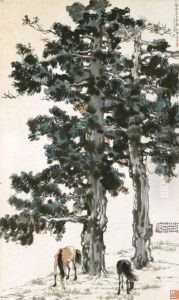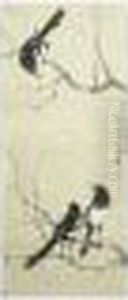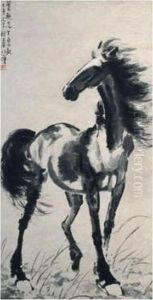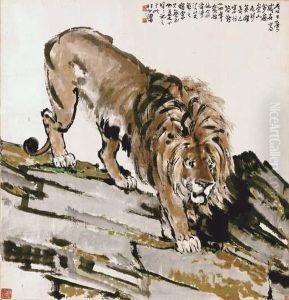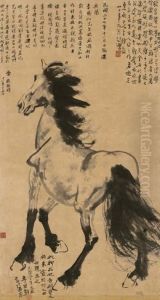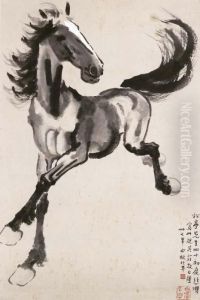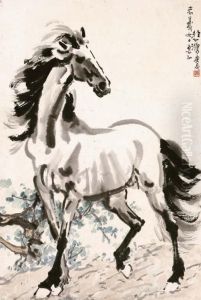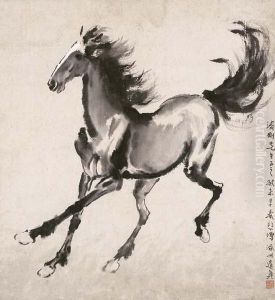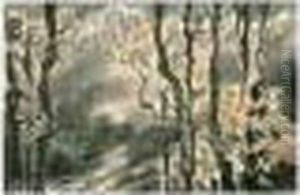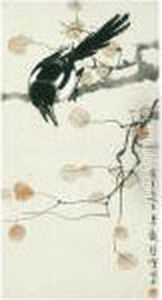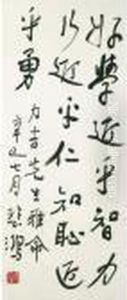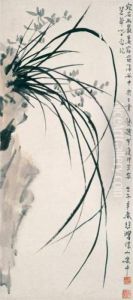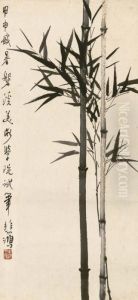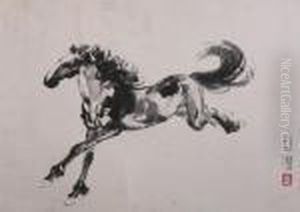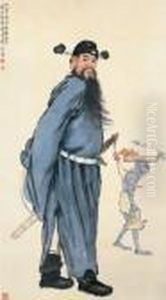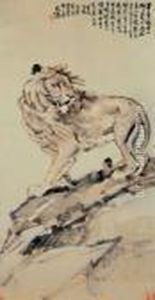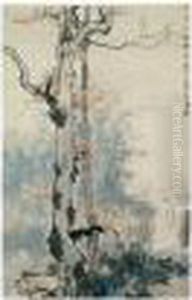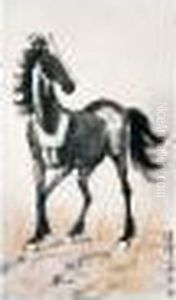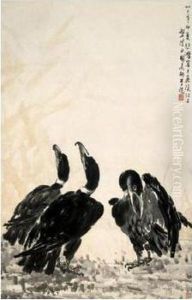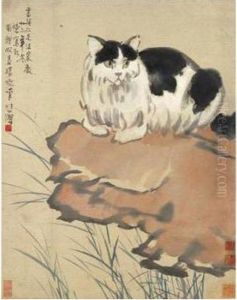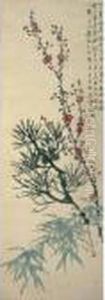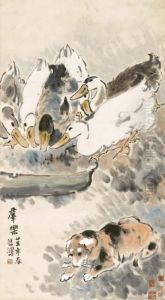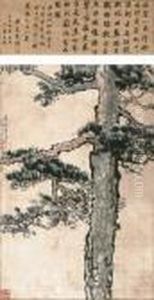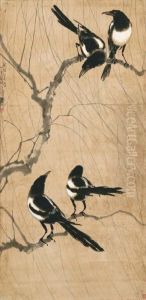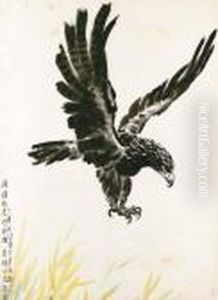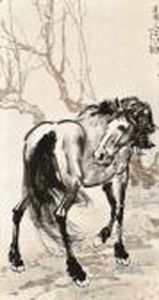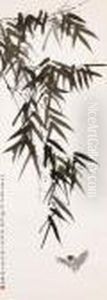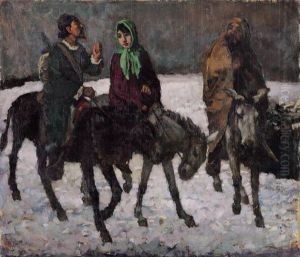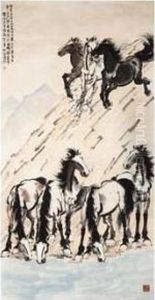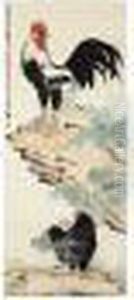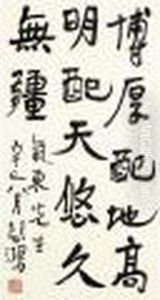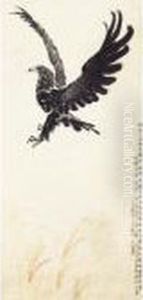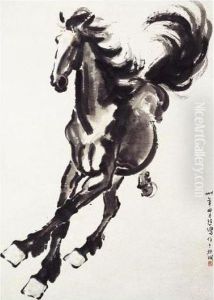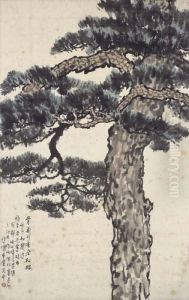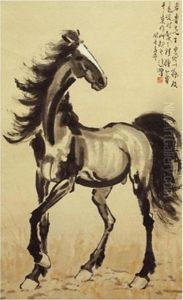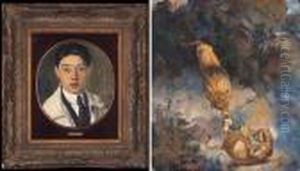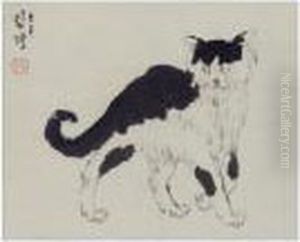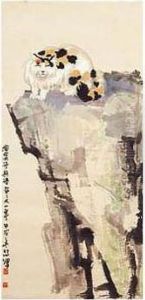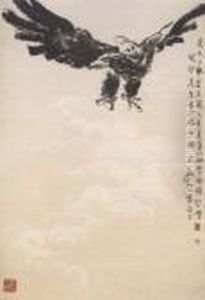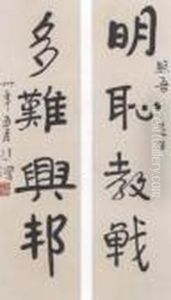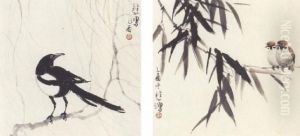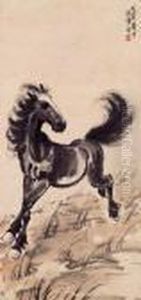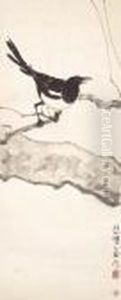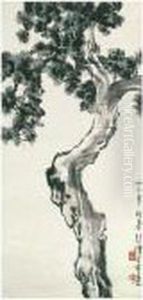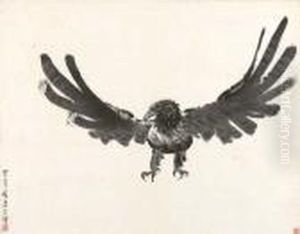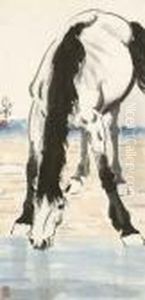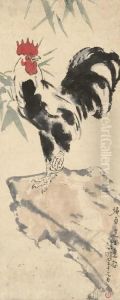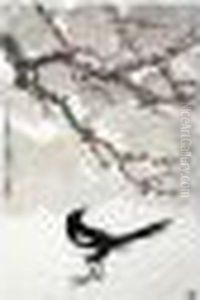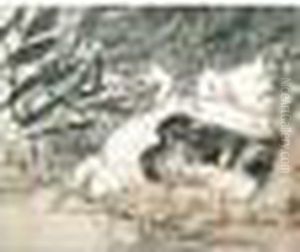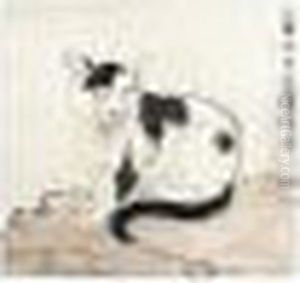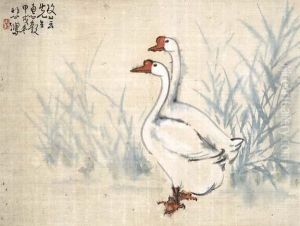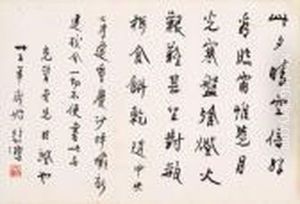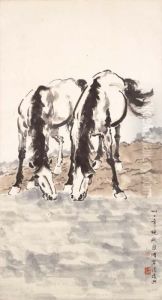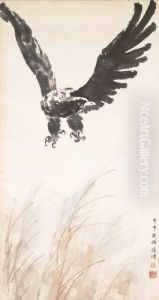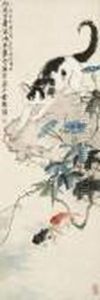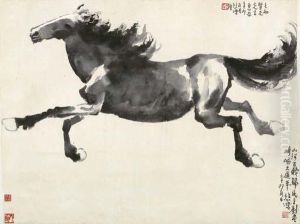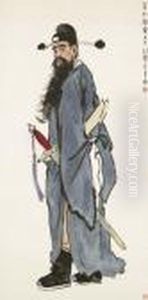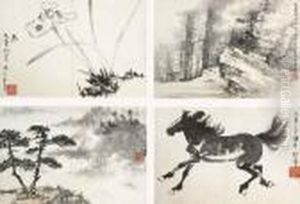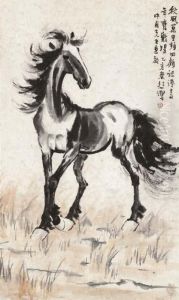Xu Beihong Paintings
Xu Beihong was a pivotal figure in the modern Chinese art movement, renowned for his skillful integration of traditional Chinese painting techniques with Western realism. Born on July 19, 1895, in Yixing, Jiangsu Province, China, Xu grew up in a time when China was undergoing dramatic changes, both politically and culturally. His father, a keen amateur painter, was Xu's first teacher, instilling in him a deep appreciation for the arts from a young age. Xu's talent and dedication to art led him to study abroad, where he was exposed to new styles and techniques. He spent significant time in France and Germany, studying at the École Nationale Supérieure des Beaux-Arts in Paris. There, he was profoundly influenced by the realism of European art, which would later become a hallmark of his own work. However, Xu was also a staunch advocate for the importance of traditional Chinese art forms and sought to modernize them without losing their inherent character. Upon returning to China, Xu Beihong held various teaching positions, notably at the Beijing Art College, where he became a key figure in the movement to reform Chinese art. He advocated for the introduction of Western techniques and realism into Chinese painting, arguing that this was necessary for the survival and evolution of Chinese art. His works, particularly his ink paintings of horses and birds, are celebrated for their vigor and vitality, embodying the spirit of renewal he wished to bring to Chinese art. Xu's later years were marked by his efforts to promote art education and cultural exchange between China and the rest of the world. He traveled extensively, organizing exhibitions of Chinese art overseas and encouraging dialogue between Eastern and Western artists. Xu Beihong's legacy is profound; he not only transformed Chinese art but also contributed to the broader discourse on modernity and tradition in the arts. He passed away on September 26, 1953, but his influence continues to resonate in the art world today.
